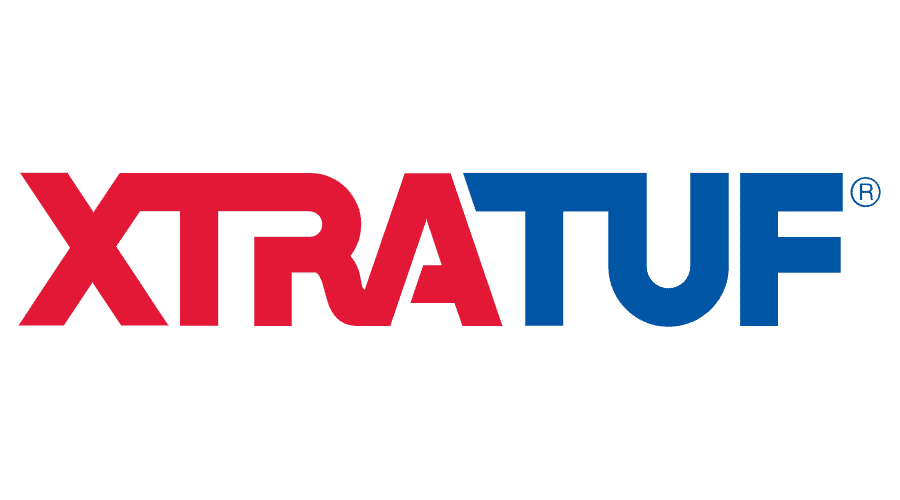Apr 25, 2023
Team USA
Training in College: Balancing School and Rowing
In addition to training for the Para National Team, I also am a full-time student at Stanford University, where I am working toward my computer science degree. I only started competing as a Para rower during my sophomore year in college, so I have had to learn how to balance school with training and competing over the past two years. The hardest part of this balance is that, because I train by myself, I often struggle to hold myself accountable to the training plans and schedules my coach and I set.
A big realization my coach and I made over the past year is that, given the somewhat unpredictable nature of school, class changes, labs, exams, etc., it is important to allow for flexibility in my training plan, while also making sure to set firm expectations as to what I want to accomplish each week. A typical week for me consists of two to three sessions on the water (weather depending), three to four sessions of steady state on the erg, three sessions of shorter, harder piece work (varying week to week), and three lifting sessions. While I tend to plan out where these will fall at the beginning of the week, inevitably, I end up adjusting something during the week. By having all my sessions ahead of time, however, I can pick and choose the slots for various blocks and make sure that I am able to complete them all. On a broader scale, we also have monthly targets of wanting to hit a certain amount of steady-state meters, on-water sessions, and high-intensity erg sessions. This combined with the weekly flexibility makes it so that I can hit the training goals that I want to.
Another important change we have made is to adjust training to school and the other aspects of my life. Stanford is on a quarter system, which means we have three, 10-week quarters book ended by a week or two of break. I have made the mistake of trying to maintain a high-volume training schedule amidst the 9th and 10th week of class (which usually contains final exams and projects) and ended up overworked and under slept, which resulted in ineffective training. My coach and I better understand now that some weeks an extra rest day or a morning off can make the remaining sessions way more valuable.
Training as a Para athlete at Stanford has had its challenges. For the first three years of my time here, I couldn't use any of the rowing facilities (erg room, trainers, boathouse, etc.) because I wasn't on the roster of a varsity team (Para rowing is not a NCAA sport). Thankfully, a nearby club, BIAC, was and continues to be super helpful and supportive in getting me the equipment and resources I needed to train effectively. Without the support of BIAC, I most likely wouldn't have been able to compete as a Para rower.
This past fall, however, the PAC-12 passed a new Para policy that encourages member schools (of which Stanford is one) to provide equal access to facilities for elite Para athletes. This policy pioneered by many, but especially by a good friend and fellow Stanford alumna, Mary Cooper, has helped make gaining access to Stanford's elite facilities easier. This spring, I was granted access to some of the facilities on campus, which was made it easier to train at the elite level that I need to. While there is still a lot of work left to be done, the new policy and the change that it has affected are encouraging steps forward.






















